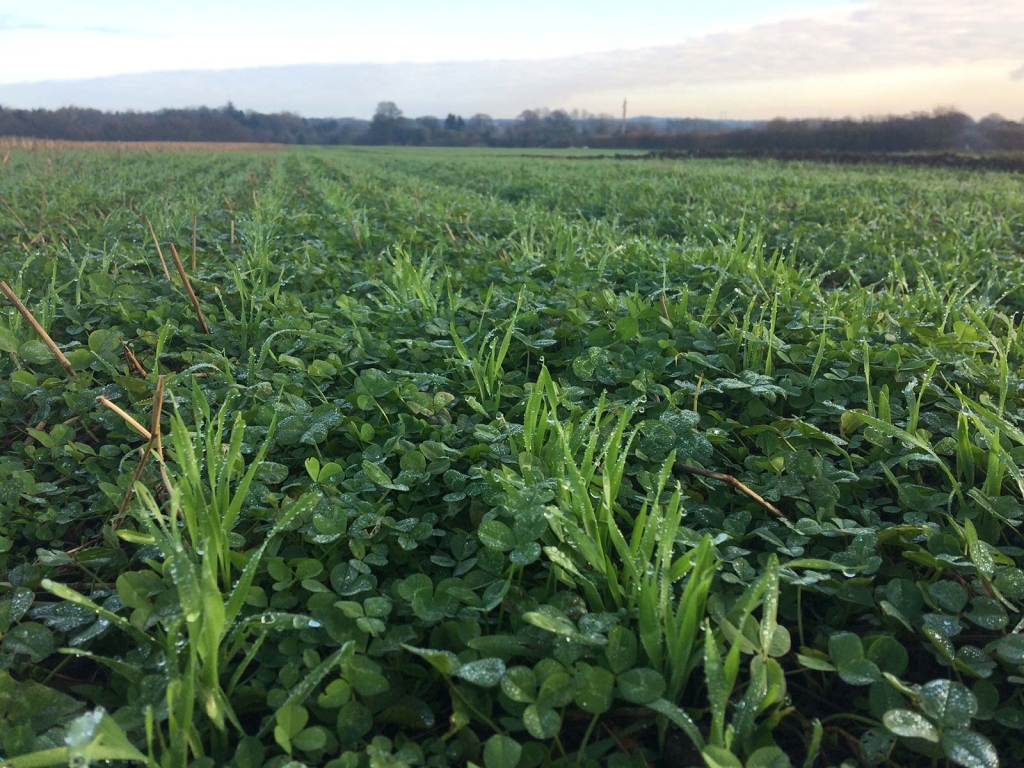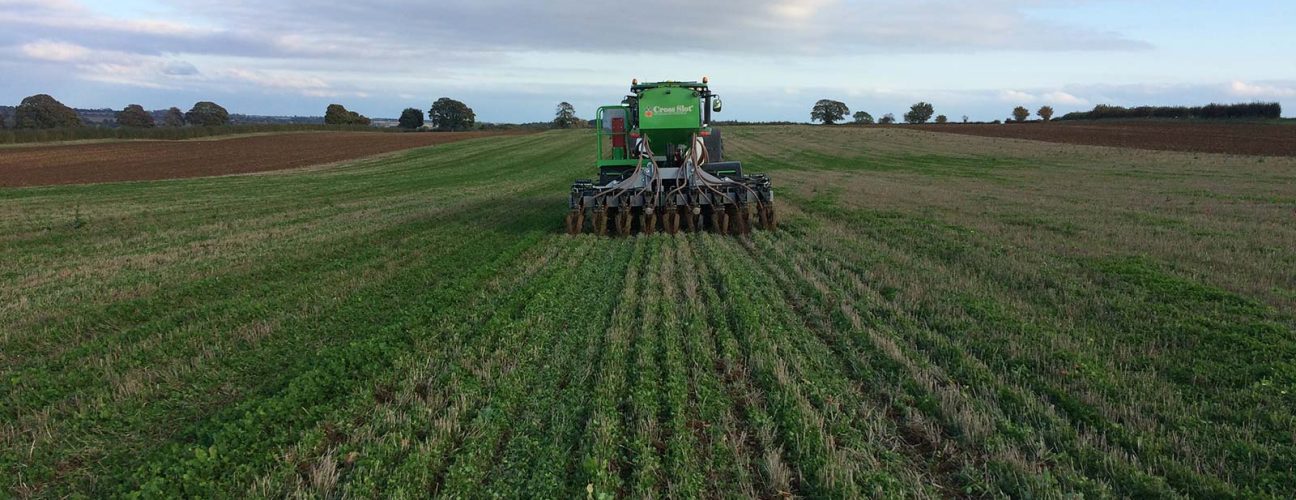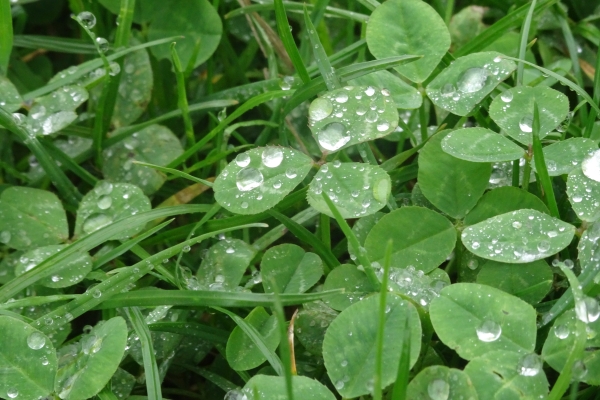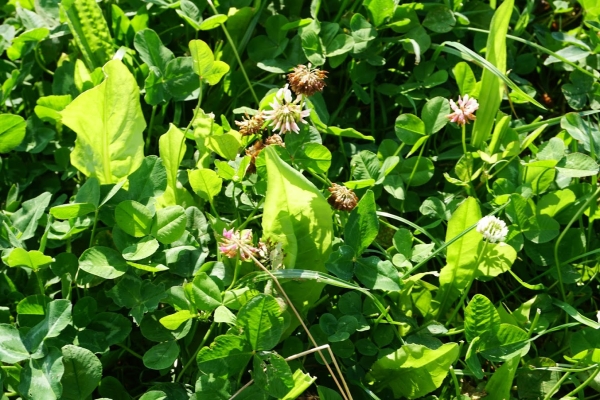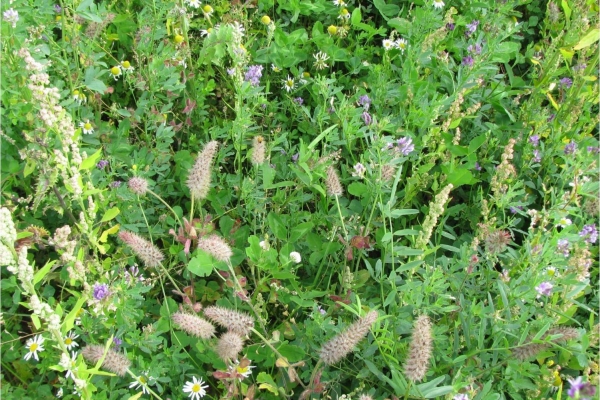Living Mulches Final Report
Resource explained
This is the final report detailing Innovative Farmers field lab trials which aimed to determine the impacts of living mulches on cash crop yields and weed composition. Two key services that need to be delivered for agricultural systems to function productively are weed control and nitrogen (N) supply. Non-organic systems can rely heavily on herbicides and fertiliser, organic systems need an effective alternative to chemical inputs and a way to reduce tillage. Both systems experience soil fertility depletion during the rotation and there is a current lack of enhancing or protecting the soil. The use of (semi) permanent clover ground cover, also known as a living mulch, may provide an opportunity to provide key agricultural services and remedy some of the current environmental concerns. This report describes the methodology, trial layout, data collection and analysis, and results in relation to performance, yield, quality, weed control and soil health.
Findings & recommendations
- Cash crops were undersown with clover seed in the spring and a winter cereal were direct drilled into the established clover the following growing season.
- As a N-fixing crop, clover can provide N accumulation to the cropping system. The above ground biomass can offer weed control and protect the soil from climate extremes, whilst also reducing run-off from leachates. The below ground biomass can feed soil microbes, enhancing soil ecology and nutrient cycling. With increased weed control and N benefits, there is the opportunity for reduced tillage practices. In the period between cereal harvest and the sowing of the next cereal crop, the living mulch also acts as a cover crop.
- Results found an average yield penalty of 30% in the living mulch compared to the control, and more perennial weeds and grasses compared to broadleaved weeds. However, with increased clover cover in the second trial year, overall weed cover was reduced in the living mulch system. There are several potential soil health benefits; significantly increased available N and earthworm counts, and a trend for increased microbial activity and soil organic matter. There are several less easily quantified benefits; reduced tillage, lengthening organic rotations, reduced artificial inputs, and reduced leachates and run-off.
- Living mulches can provide excellent soil health benefits and an opportunity to reduce artificial inputs, but the system (which can be adopted both organically and non-organically) still needs refining and the current yield penalty needs to be reduced.
